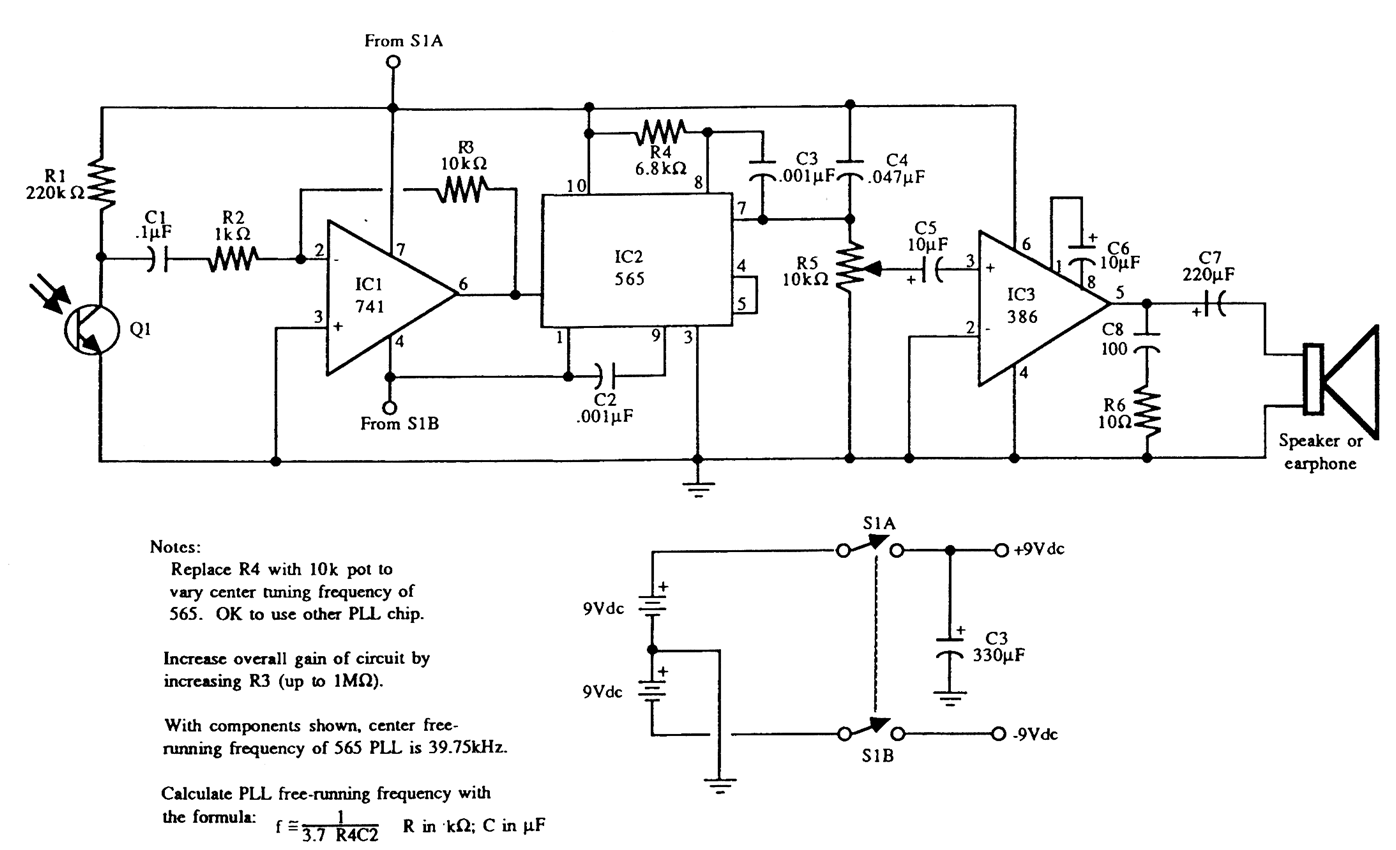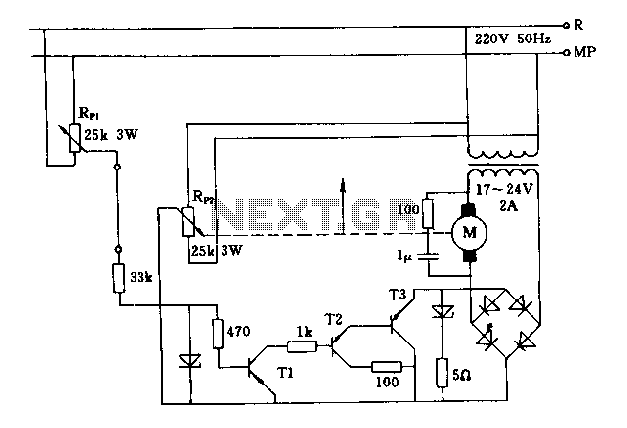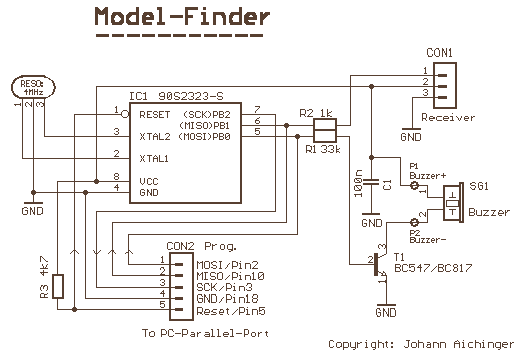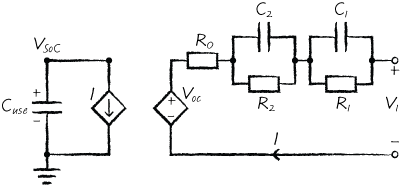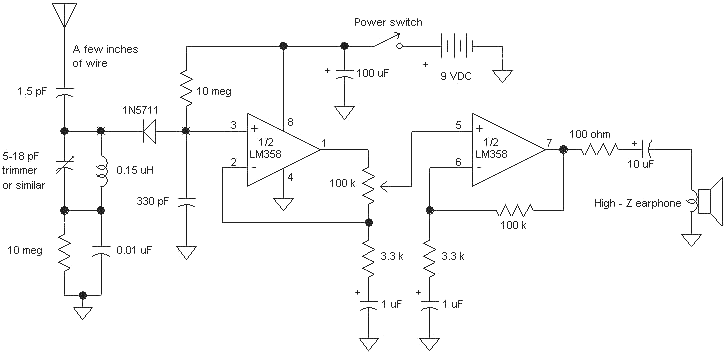
Model 300 Receiver
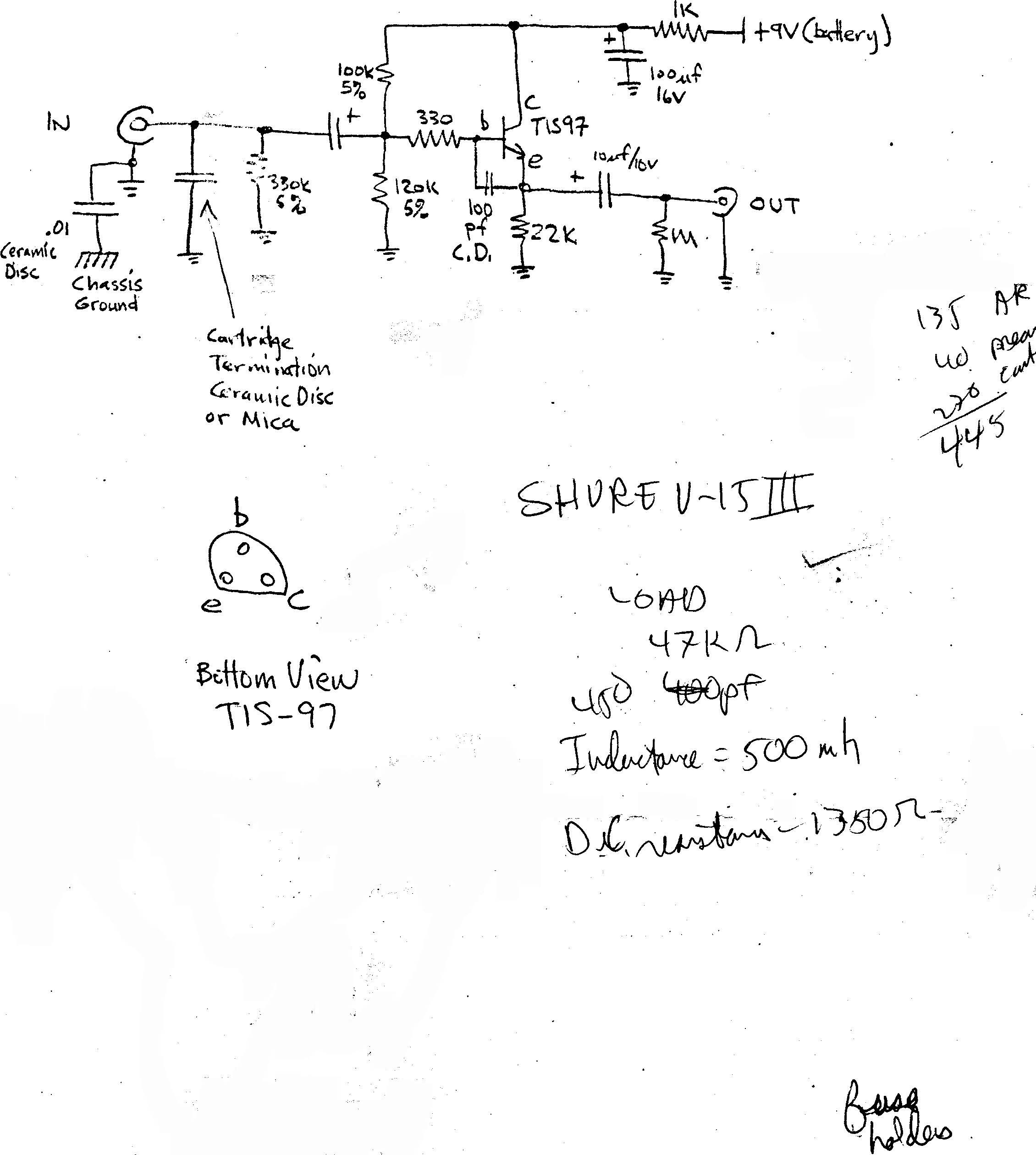
The infrasonic filter was a particularly useful feature of the phono preamp. Instructions were provided on how to build an external buffer circuit to use with any phono preamp, in order to avoid cartridge impedance interaction. A letter was sent out with the circuit, and a pair of low noise transistors was included for free. Efforts were made to recreate some of the original model 300 materials from photocopies using Quark Express and a digital camera.
The infrasonic filter incorporated within the phono preamplifier serves to eliminate unwanted low-frequency noise that can interfere with audio playback. This feature is particularly beneficial in maintaining the integrity of the audio signal, ensuring that only the desired frequencies are amplified. The external buffer circuit is designed to mitigate issues related to cartridge impedance interaction, which can adversely affect sound quality. By isolating the cartridge from the preamp's input stage, the buffer circuit ensures a consistent impedance level, allowing for optimal signal transfer and fidelity.
The construction of the external buffer circuit requires careful selection of components, including low noise transistors, which are essential for minimizing signal distortion and maintaining low noise levels. The inclusion of these components, provided at no additional cost, highlights the commitment to enhancing audio performance.
To implement the buffer circuit, a basic schematic would typically include the transistors configured in a common emitter or common source arrangement, depending on the specific design requirements. Additional passive components such as resistors and capacitors would be utilized to set the biasing conditions and filter unwanted frequencies.
In terms of recreating the original model 300 materials, the use of software like Quark Express for layout design, alongside digital photography, allows for high-quality reproductions of the original documentation. This process ensures that the instructional materials remain accessible and informative for those looking to replicate or understand the design of the phono preamp and its associated circuitry.The infrasonic filter was a particularly useful feature of the phono preamp. He also offered instructions on how to build an external buffer circuit to use with any phono preamp, to avoid cartridge impedance interaction. He sent out a letter with the circuit, and even included a pair of low noise transistors - for free! As I did for the Advent Speaker ads, I`ve tried to recreate some of the original model 300 materials from photocopies using Quark Express and my digital camera. 🔗 External reference
The infrasonic filter incorporated within the phono preamplifier serves to eliminate unwanted low-frequency noise that can interfere with audio playback. This feature is particularly beneficial in maintaining the integrity of the audio signal, ensuring that only the desired frequencies are amplified. The external buffer circuit is designed to mitigate issues related to cartridge impedance interaction, which can adversely affect sound quality. By isolating the cartridge from the preamp's input stage, the buffer circuit ensures a consistent impedance level, allowing for optimal signal transfer and fidelity.
The construction of the external buffer circuit requires careful selection of components, including low noise transistors, which are essential for minimizing signal distortion and maintaining low noise levels. The inclusion of these components, provided at no additional cost, highlights the commitment to enhancing audio performance.
To implement the buffer circuit, a basic schematic would typically include the transistors configured in a common emitter or common source arrangement, depending on the specific design requirements. Additional passive components such as resistors and capacitors would be utilized to set the biasing conditions and filter unwanted frequencies.
In terms of recreating the original model 300 materials, the use of software like Quark Express for layout design, alongside digital photography, allows for high-quality reproductions of the original documentation. This process ensures that the instructional materials remain accessible and informative for those looking to replicate or understand the design of the phono preamp and its associated circuitry.The infrasonic filter was a particularly useful feature of the phono preamp. He also offered instructions on how to build an external buffer circuit to use with any phono preamp, to avoid cartridge impedance interaction. He sent out a letter with the circuit, and even included a pair of low noise transistors - for free! As I did for the Advent Speaker ads, I`ve tried to recreate some of the original model 300 materials from photocopies using Quark Express and my digital camera. 🔗 External reference
Warning: include(partials/cookie-banner.php): Failed to open stream: Permission denied in /var/www/html/nextgr/view-circuit.php on line 713
Warning: include(): Failed opening 'partials/cookie-banner.php' for inclusion (include_path='.:/usr/share/php') in /var/www/html/nextgr/view-circuit.php on line 713
